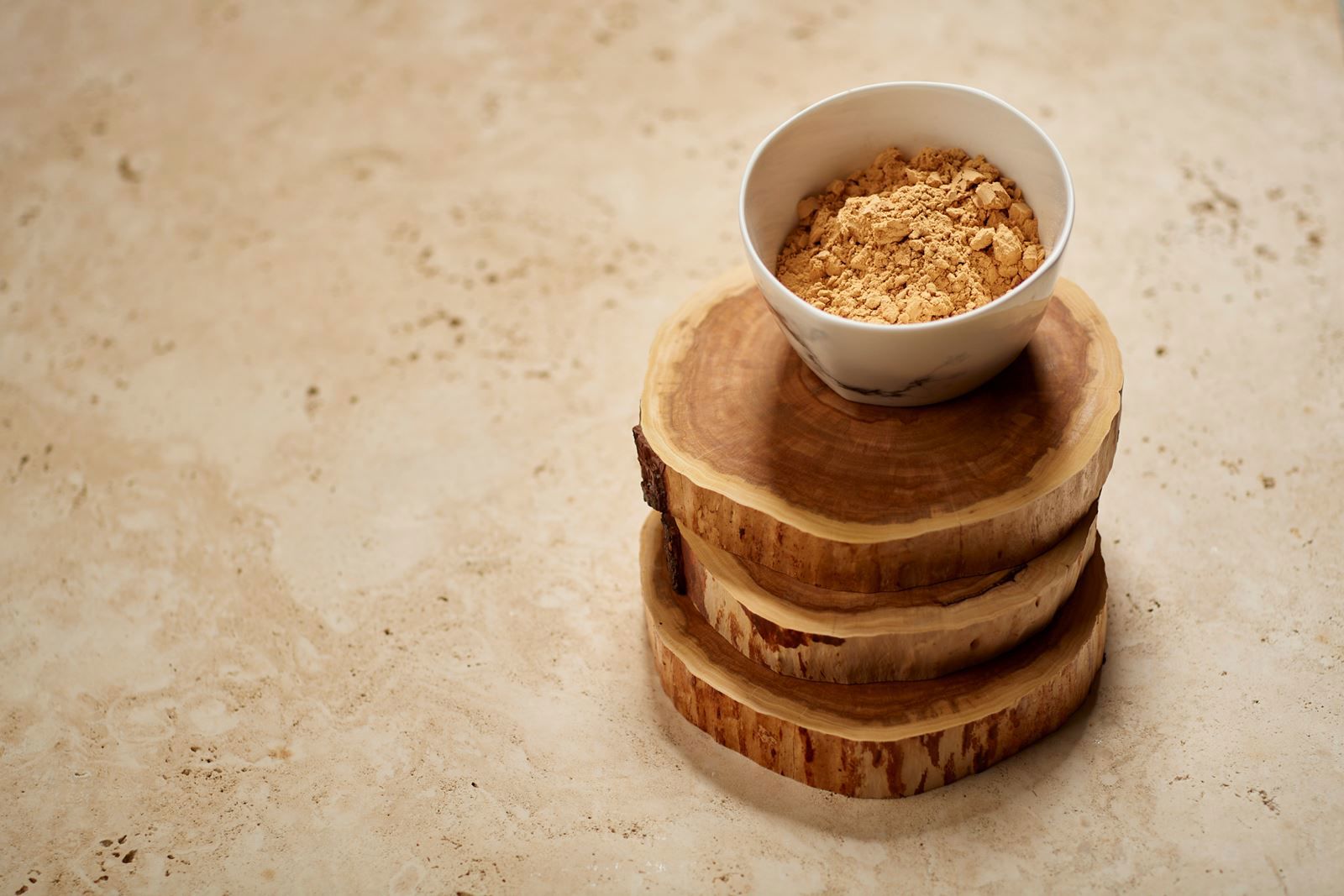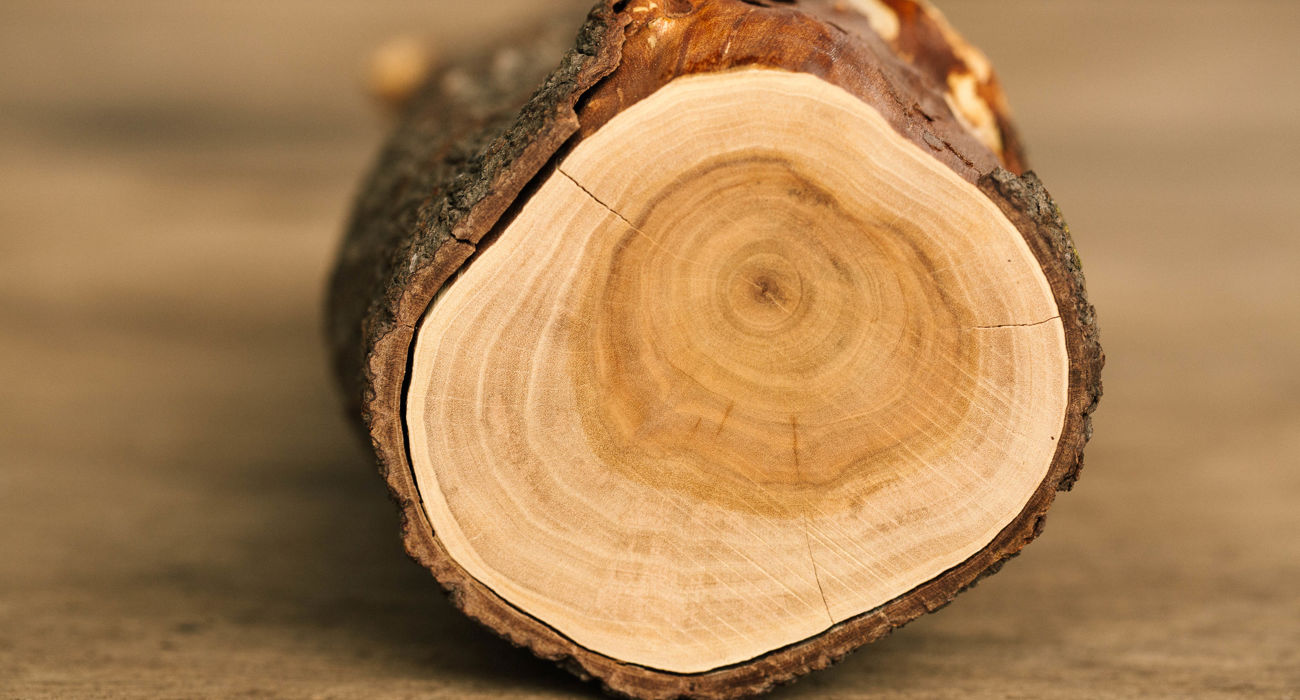Scent is sensory and present yet intangible and can be tied to strong emotional memories, transport us to another place or time, or be used to tap into emotions.
Finding a scent with meaning and connection comes down to personal taste. Sometimes it takes experimentation to find your perfect scent, and other times it finds you.
What is Sandalwood?
Sandalwood is one of the most valuable trees in the world belonging to the Santalum genus. Over 15 species of these evergreens grow in South and Southeast Asia, Australia and Pacific regions, with only some producing a highly aromatic wood (heartwood) which preserves its fragrance for decades. These include the Indian sandalwood (Santalum album) and Australian sandalwood (Santalum spicatum), which are considered two of the most coveted species.
Sandalwood has long been used in Ayurvedic and Traditional Chinese Medicine to treat a wide range of ailments and in aromatherapy to support mental and physical wellbeing. Its scent is so alluring that its long-lasting woody base note has been an essential ingredient in luxury perfumes for centuries
Sandalwood’s molecular structure is unique amongst perfumery’s woody notes. Each species is different and offers unique olfactory profiles. Sandalwood’s main sesquiterpenes, or aromatic components, are alpha-santalol and beta-santalol, which are mainly responsible for sandalwood’s fragrance. In Indian sandalwood, these compounds make up more than 70% of the oil, up to three times more than other sandalwood species. The essential oil has a fixative effect in perfumes, providing a captivating and long-lasting base note

What does sandalwood smell like?
Indian Sandalwood belongs to the amber woody olfactory family (formerly called oriental woody) and has a deep, creamy sweetness with warm undertones of amber, leather and wood, which comes from the component santalol. Australian Sandalwood differs slightly with a greener, fresher scent. Quintis Indian sandalwood delivers a striking woody base note and acts as a fixative to endure the longevity of perfume on the skin. Its top note is sweet and green, its heart note is woody and sweet and smells slightly of hay, and its base note is woody, creamy, spicy, resinous, and grounding.
Sandalwood essential oil smells warm and soothing and, when inhaled or applied to the skin, can help calm the nervous system, relieve stress and anxiety and reduce signs of ageing and skin inflammation.

What other scents go well with Sandalwood?
Sandalwood's long-lasting, soft, woody base makes it easy to blend with other fragrances. It is often combined with different woody scents like cedar, teakwood, and rosewood and integrates seamlessly with essential oils like patchouli and vetiver and warm spicy frankincense. In floral and citrus fragrances, sandalwood imbues softness to white florals like orange blossom, jasmine, ylang ylang, magnolia, gardenia or tuberose and improves the scents' longevity. Sandalwood is traditionally used to extract musk, amber gris and saffron, and is also used to capture highly volatile floral notes.
Sandalwood's distinctly complex character can be traced back to India as early as 700BC, where its paste was used for thousands of years for religious purification. In the 11th and 12th centuries, Sandalwood's oil was first extracted and used as a fixative for other fragrances; a practice still seen today in many classic perfume compositions.
"A perfume is always medicine" is an ancient Chinese saying, and in India and China, Sandalwood oil has been used in traditional medicine pharmacopoeia for centuries. It was also used to make medicines in the nineteenth century in Britain, Germany and Belgium at the same time as French perfumers discovered its allure. Today, it is a notable inclusion in some of the world's most coveted perfumes, including Blanche by Byredo, Guerlain's Samsara and Coco by Chanel.
It is hard to think of another scent that transcends others, draws on its history, and is as versatile and present as Sandalwood. Try integrating it into your home, daily beauty and wellness regime or meditation for meaning and connection like no other.

Sandalwood aroma FAQs
Is Sandalwood an attractive smell?
Sandalwood has been a prominent base note in many fragrance components for centuries. Its rich, woody aroma adds allure, depth and intensity to some of the world's most luxurious scents, like Le Labo Santal 33 and Tom Ford's Santal Blush.
Does sandalwood smell like vanilla?
Like Sandalwood, vanilla is a versatile base note that complements and enhances other scents. However, its sweet, nutty aroma differs from Sandalwood's exotic earthy tones. When combined, both scents balance and complement each other.
What smell is similar to Sandalwood?
Sandalwood belongs to the woody fragrance family, with notes coming from the heartwood. Vetiver, pine, cypress, and especially cedarwood capture sandalwood's distinct dry, earthy aromatics. It is often compared with patchouli, which comes from the leaves of the patchouli plant. Both belong to the woody amber sub-group on the fragrance wheel and share the same woody, creamy, sweet and earthy notes.
Is Sandalwood a feminine scent?
Many typically think of sandalwood as a women's fragrance, but the dryness of the balsamic and the other woody notes gives it a distinctly masculine feel, too, making it an androgynous scent loved by all.
